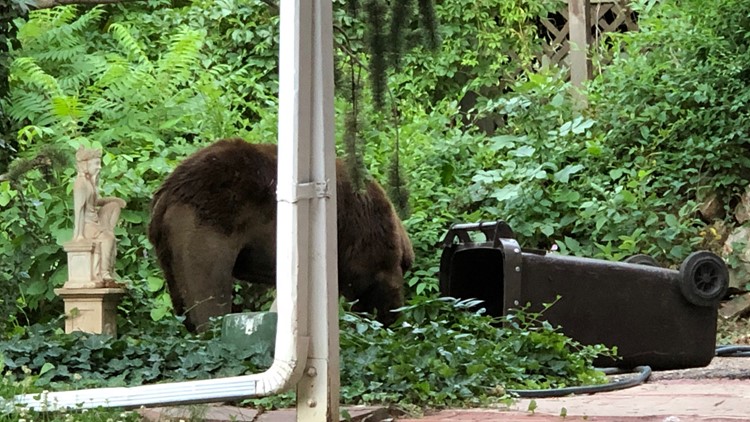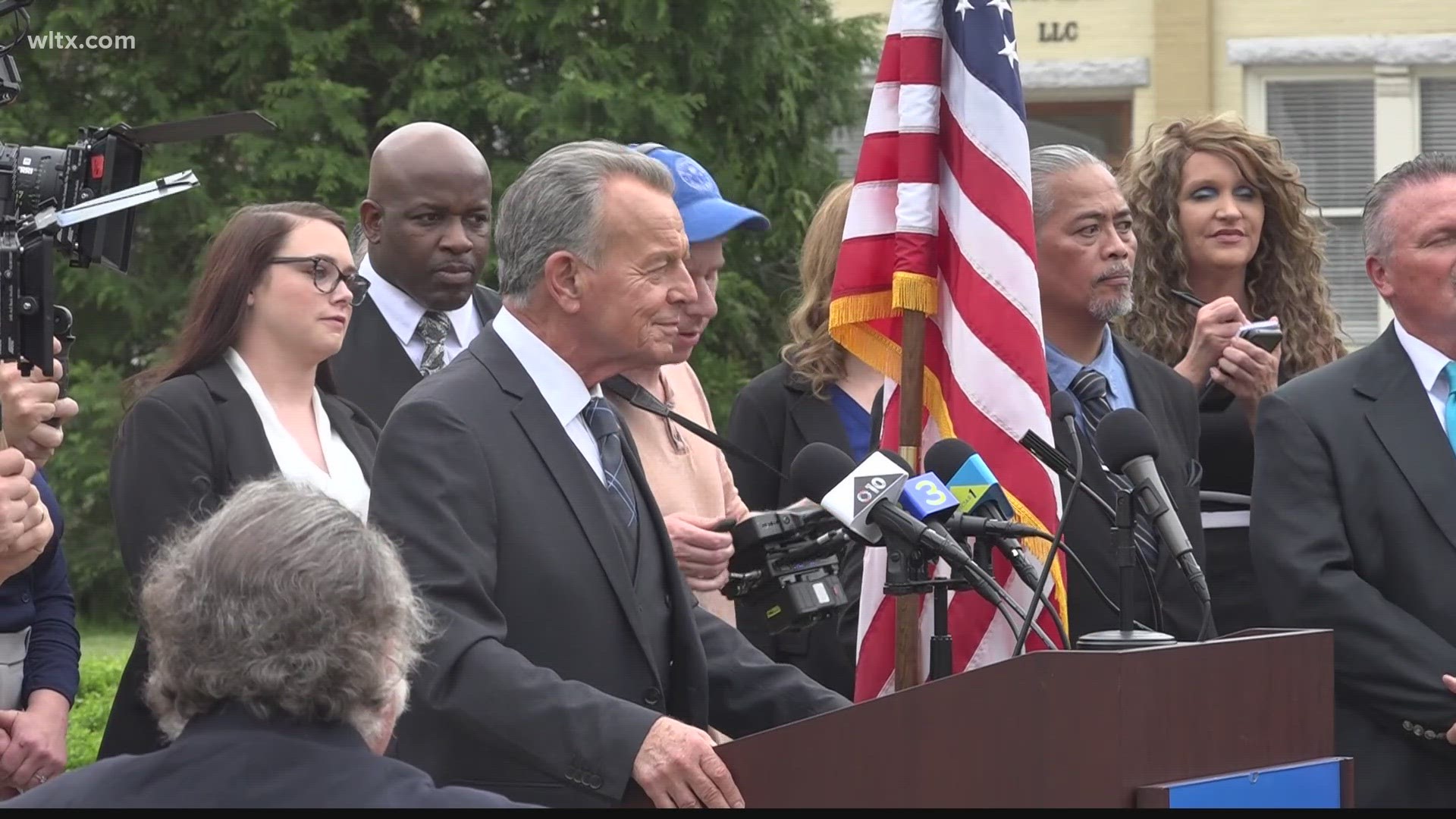ASPEN, Colo. — Each summer, news reports in Aspen and across Colorado’s high country detail conflicts between black bears and people: bears in trash cans, homes, campsites and more. As these conflicts continue to increase, more bears are killed — and local experts say that raises red flags for forest health.
Adam McCurdy, forest and climate director at the Aspen Center for Environmental Studies (ACES), oversees the nonprofit’s Forest Health Index, which tracks drivers of forest health, including bear mortality, for all watersheds in Colorado. Bear deaths have been rising steadily since the mid-1990s, particularly in the northwest region as defined by Colorado Parks and Wildlife. That region stretches from the Roaring Fork and Eagle river valleys to the Utah and Wyoming borders.
“If we’re seeing more human-bear conflicts, there are multiple drivers that all say bad things for forest health,” McCurdy said.
This story is powered by COLab, the Colorado News Collaborative. 9NEWS joined this historic collaboration with more than 40 other newsrooms across Colorado to better serve the public.
Increasing trend is clear

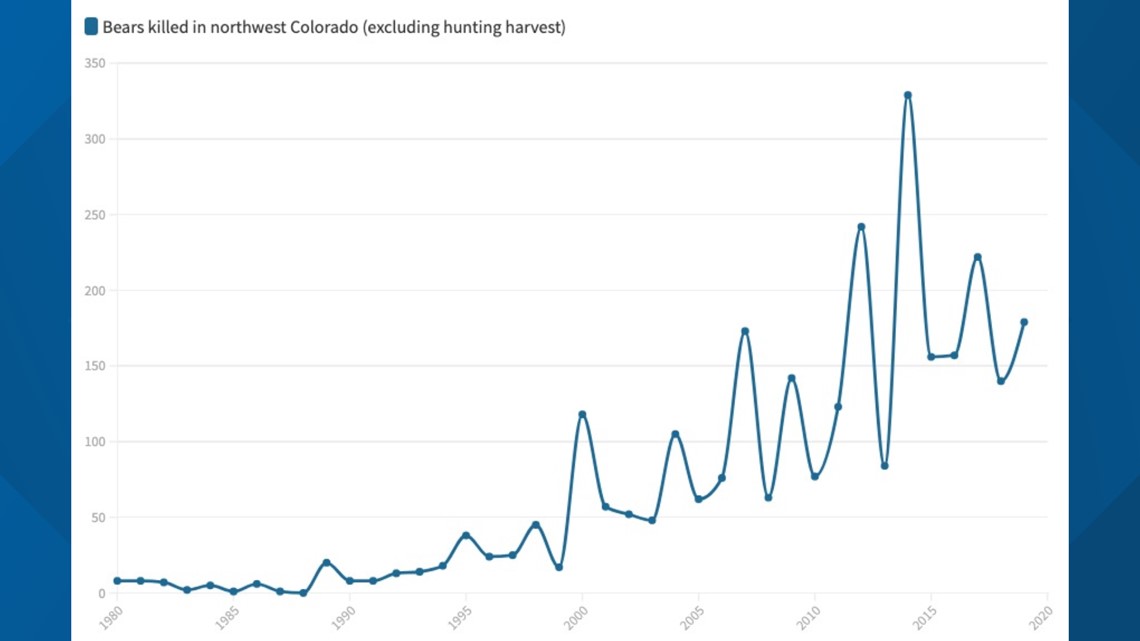
The number of bear deaths varies from year to year, but the increasing trend is clear. The Forest Health Index uses bear mortality data, excluding bears killed by hunters, from CPW. The numbers include all bears killed or found dead, including roadkill and bears killed by state or federal wildlife officials and landowners.
Outside of hunting, bear deaths in northwest Colorado in the 1980s numbered in the single digits; no bear death was recorded by CPW in 1988. Over the past decade, bear kills in northwest Colorado that were not part of the hunting harvest ranged from a low of 77 in 2010 to a high of 329 in 2014. In 2019, there were 179 bear deaths in the region.
While ACES does not include hunting data in its analysis of bear mortality, those numbers are also increasing. CPW data shows hunters killed 1,367 bears in Colorado last year, compared to 506 bears in 1995. Regional data is not available because some hunting units cross region boundaries.
“The forest as a functioning ecosystem is a really complex concept,” said Elise Osenga, community science manager with the Aspen Global Change Institute, which partners with ACES on the Forest Health Index. “Bear mortality is indicative of natural causes, but also human causes.”
Bear deaths reflect natural — and human — food availability

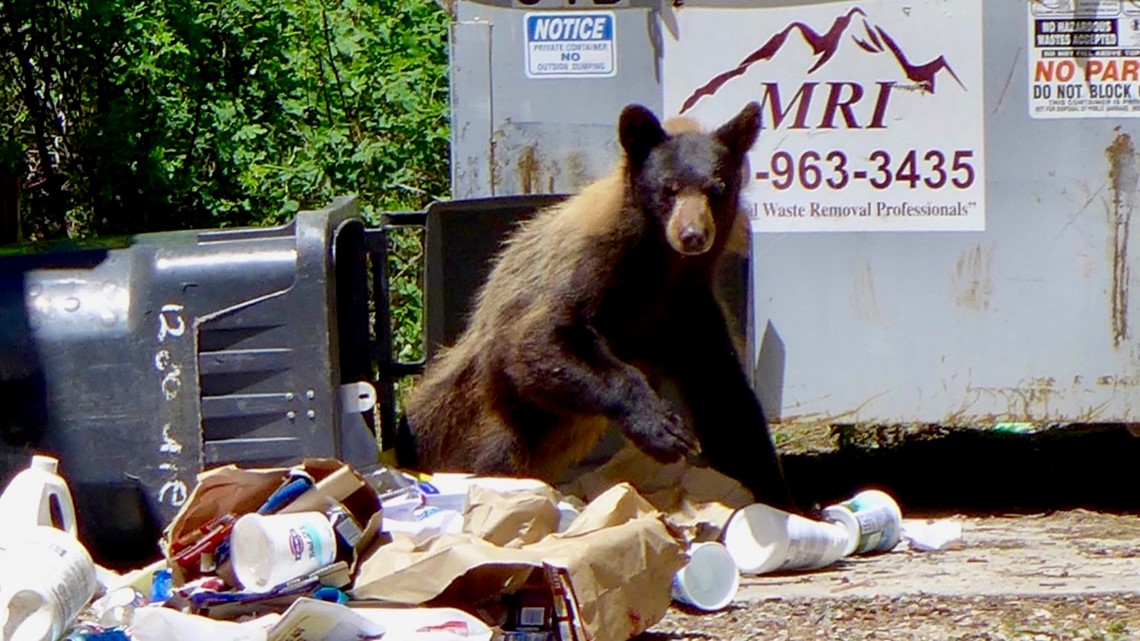
Much of the year-to-year variability in bear mortality can be attributed to the availability of natural food sources. When late-spring frosts or drought kill off berries and acorns, there’s an “absolute increase” in bear deaths, said Mark Vieira, CPW’s top biologist on bears.
“When bears are pressed in terms of natural food sources, they turn to human-related food sources,” Vieira said. “That leads to more conflicts with everything from hobby livestock and agriculture to conflicts with bears in neighborhoods and people’s garages.”
When natural foods aren’t abundant, bears are forced to move around more, searching for calories. This makes bears more vulnerable to hunters, and it also leads to an increase in roadkills and conflicts in developed areas.
“We expect, as the climate continues to warm, that we’re going to have more and more food failure years, so we can expect mortalities to go up too,” said Julie Mao, CPW biologist in the Aspen area.
But the increase in food failure and human conflict doesn’t correlate to a decrease in bear population.
Instead, Vieira says bear numbers across the state are growing alongside increases in human population. CPW estimates there are between 17,000 and 20,000 bears in Colorado, up from about 12,000 in the 1990s. Studies near Aspen and Carbondale from 2009-2011 show that bear density in the area is close to one bear per square mile.
“The human food sources are a significant component in increasing bear densities,” Vieira said.
Humans and bears increasingly share high-country habitat

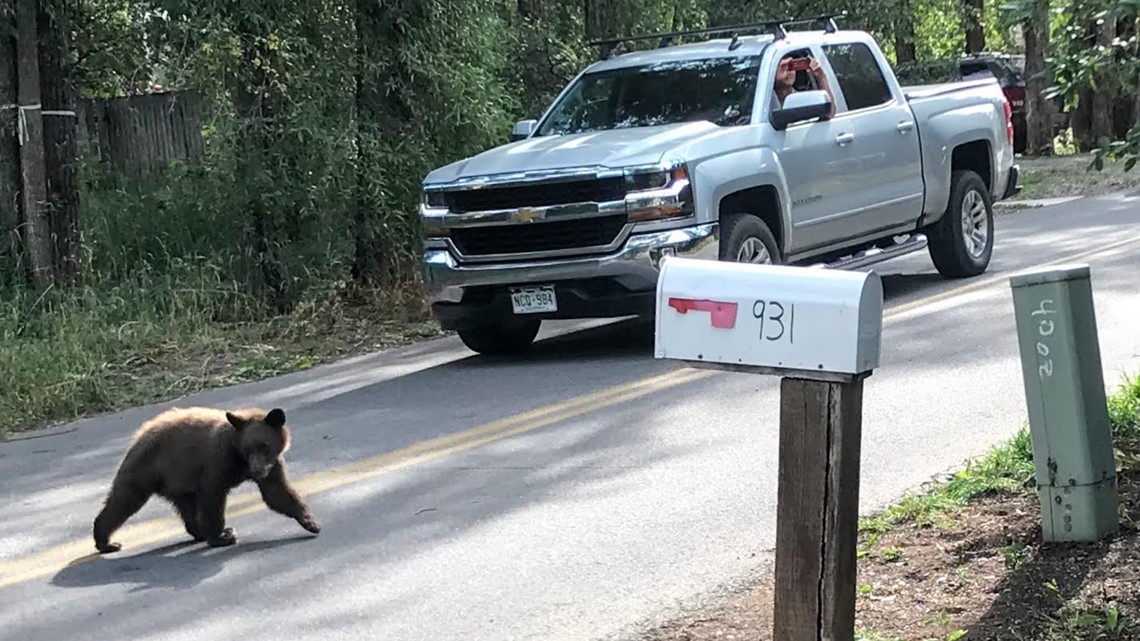
It’s clear that human activities can impact forest health, but McCurdy said that tracking that impact can be challenging, since population data, particularly in areas with high tourism, doesn’t tell the whole story.
“There aren’t great use numbers for trails, for example,” McCurdy said. “Census data doesn’t tell the number of people impacting the landscape (through recreation).”
But data on bear mortality helps to fill out the story.
“Bears are quick to react to the increased presence of humans, and we see that increase in conflict,” McCurdy said.
Also, in the mountains, areas ripe for development tend to also be prime bear habitat. CPW wildlife manager Kurtis Tesch points to many Aspen-area homes that are built into hillsides rich with serviceberry and gambol oak, key natural food sources for bears.
“Even if (bears) are feeding naturally on the oak, it’s still drawing them to those homes, and they smell somebody’s barbecue grill or somebody’s trash that they left out,” Tesch said.
It only takes one unsecured trash can or open window to teach a bear to rely on human food sources, Tesch said, so communities need 100% compliance with trash ordinances and other bear-aware practices, including locking doors and windows.
“It’s human negligence that causes a bear to be a problem bear,” Tesch said. CPW officials will try to relocate nuisance bears that get into trash cans, but “once they enter a home, that’s our threshold to put down. They’ll never revert back to natural forage,” he said.
As the changing climate makes forest food availability less reliable, people living and recreating in bear habitat will probably have more run-ins with the large mammals.
“Forest health and human health and safety are actually really closely tied together because we’re living in some cleared-out spaces from that forest,” Osenga said. “It’s important for us to remember that our actions are directly tied to forest health.”
SUGGESTED VIDEOS: Animals and Wildlife


